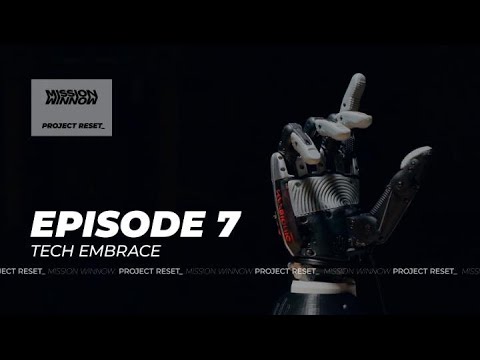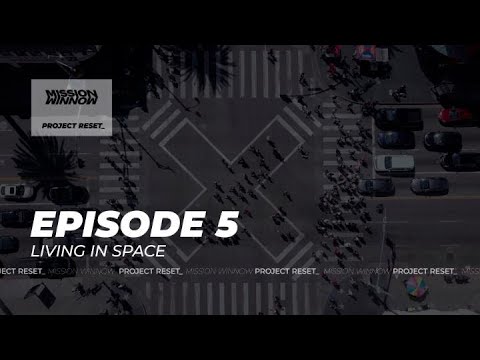Times New Roman, Arial, Calibri – anybody who writes on a computer will recognize at least a few font names. Some may even be able to recognize fonts when they’re printed. Graphic designers can do even better. They choose between hundreds of typefaces and fonts, pondering their weight, balance and feel for the job in hand. But for most people, fonts are a non-issue. They’re part of the background of life except when they’re a bit tacky (e.g. Comic Sans), too whacky (e.g. Jokerman) or when they’re hard to read.
Tacky and whacky are subjective matters of taste, but legibility is a more serious consideration. It’s about how well the font works to convey information. It’s about how quickly and how accurately people can read it. For road signage, this can make the difference between drivers being well prepared to execute a smooth, safe turn in good time versus having to wrench the wheel at the last moment. Over millions of miles of road, choosing the best font for road signage has life or death implications.
In the United States a font called Highway Gothic was the unchallenged king of the nation’s roads and highways for decades after it was created in the 1940s. Over the years millions more vehicles were using the roads and driving at higher speeds. By the late 1990s into the early 2000s, the Federal Highway Administration (FHWA) was increasingly concerned that older drivers were finding Highway Gothic difficult to read, especially at night. They were looking into a newly designed font called Clearview. Research into the new font by Penn State in 1997 indicated that Clearview increased night time reading distance by up to 16 percent. Then in 2001, a team led by a Texas A&M transportation researcher independently indicated that compared with Highway Gothic, Clearview improved the recognition distance of highway signs by as much as 12 percent, equivalent to 74 feet (22 metres) over Highway Gothic.
So, in 2004 the FHWA granted interim approval for use of Clearview. This meant that over the next decade or so, Clearview was approved for use on new signs or old signs due for replacement. Then in 2016 the FHWA announced that it was terminating its interim approval. It had found that in practice, having two different fonts (HG and Clearview) had caused significant confusion and inconsistency in highway sign design, fabrication processes, and application. It concluded that after more than a decade of review, Clearview did not offer any clear benefit over Highway Gothic. Signs using Clearview signs can be used until they reach the ir natural end of their “useful life” and don’t need to be taken down until then.




